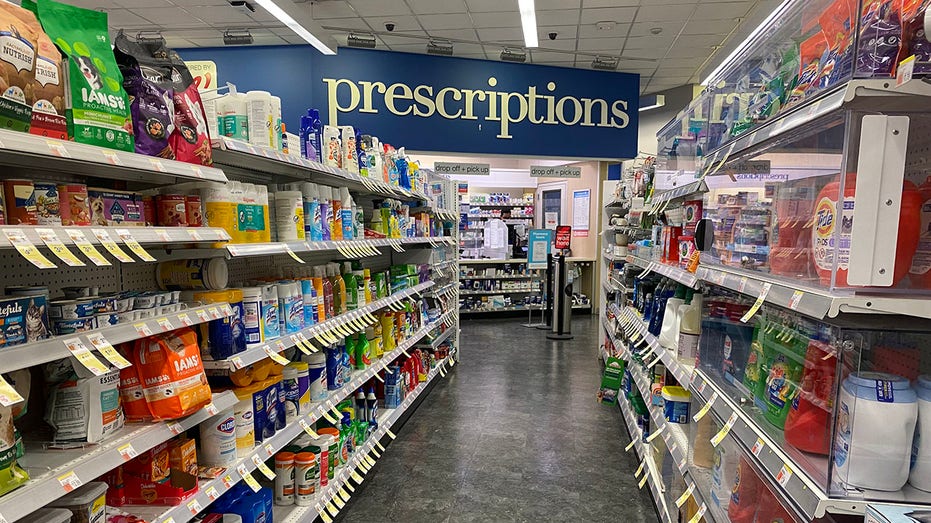High inflation has made the price of just about everything in the U.S. more expensive – including health care and medical expenses for retirees.
Research published by Fidelity shows that a 65-year-old retiring today can expect to spend $165,000 on health care in retirement, a 5% increase from last year and more than double the estimate from 2002.
Yet there appears to be a disconnect for many Americans between the actual projected cost of health care in retirement and how much they expect to spend on those expenses. The average American thinks they will spend about $75,000 on health care and other medical expenses, less than half of Fidelity’s calculation, according to the research.
WEALTHY AMERICANS ARE ANXIOUS ABOUT MAKING ENDS MEET
“Health care costs are among the most unpredictable expenses, especially when it comes to retirement planning,” said Robert Kennedy, senior vice president of workplace consulting at Fidelity.
The estimate assumes that an individual is enrolled in Medicare – including Part A and Part B, which cover most hospital care and doctor’s visits – and Part D, which covers prescription drugs. Other expenses such as Medicare premiums, over-the-counter medications, dental and vision care and other costs typically not covered by Medicare are “left to retirees to manage on their own,” the report said.
As of April 2024, about 67.3 million Americans were enrolled in Medicare, according to the Centers for Medicare and Medicaid Services. Of those, about half were enrolled in a Medicare Advantage plan, while about 80% were covered by Medicare Part D.
PRESCRIPTION DRUG COSTS HAVE SURGED ALMOST 40% OVER THE PAST DECADE
Americans are also dealing with a spike in the cost of prescription drugs, which has surged nearly 40% over the past decade, easily outstripping the pace of inflation.
A separate report from GoodRx, a drug savings company, shows that the list price for prescription drugs has climbed about 37% since 2014. Although price increases have slowed this year, costs continue to pose a “significant burden” to many consumers.

In 2024 alone, Americans have spent $21 billion on out-of-pocket prescriptions. That amounts to about $16.26 per person, according to the data.
While health care is often covered by insurance, more of the cost burden is being shifted to consumers as prescription insurance coverage gets more complex and restrictive. These restrictions are what GoodRx dubbed the “big pinch” – insurance plans, both Medicare and commercial, are covering fewer medications and adding more restrictions on coverage.
About 54% of medications are covered by insurance, based on Medicare plans. Half of medications that are covered by Medicare have an insurance restriction, like step therapy or prior authorization. And at least one-quarter of Americans have a prescription that is not covered by insurance.
“For most Americans, the difficulty with affordable medications isn’t over the ones that cost thousands of dollars,” said Tori Marsh, director of GoodRx research. “It’s about affording routine drugs for chronic conditions, and finding that their insurance doesn’t cover what it used to.”
Read the full article here











